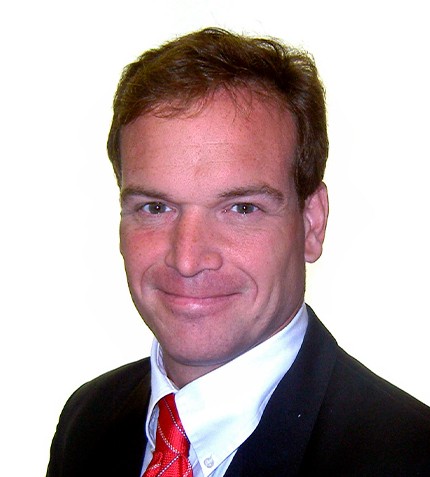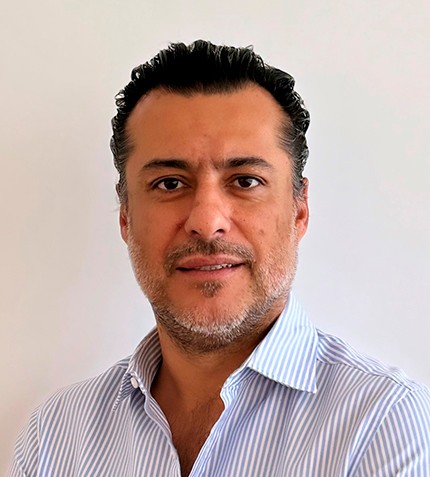
"Pairing desalination with pumped hydro storage and renewables at grid scale allows the production of freshwater at a lower operating cost. We are seeing interest in these types of hybrid, integrated solutions."
- Jim Spenceley
Jim Spenceley & Iain Humphreys
SENIOR VICE PRESIDENT-MINING & SANTIAGO OFFICE LEADER, BLACK & VEATCH
Why is Chile an important market for Black & Veatch? What advantages and capabilities do you bring to the market?
JS: Chile is the largest copper producer in the world, many of the major global mining companies are represented here, and they are all committed to energy and water sustainability. Additionally, most of the mining operations are located in the Antofagasta and Atacama regions, some of the driest spots on the planet. This means that effective use of water is extremely important to be responsible and sustainable. Using seawater for mining – whether it is desalinated to produce freshwater or for seawater flotation – is definitely the direction in which the Chilean copper producers are moving. Our market strategy is to be the service provider of choice for water and energy security solutions. Understanding that holistic, integrated water management is critical for the future of mining in Chile, Black & Veatch provides the full spectrum of water management solutions, from desalination and seawater conveyance to water reuse and treatment. From an energy standpoint, Chile has a fantastic solar resource and the government is committed to significant expansion of renewable energy for the grid. Mining companies are dedicated to expanding their use of renewable energy supply for mine power. As a full service provider of energy and water solutions to the mining industry, there are many opportunities for Black & Veatch in Chile.
How is Black & Veatch working with companies to develop creative solutions to water and energy challenges in Chile?
JS: We are involved with studies around ways to capture water that will otherwise be lost to evaporation or seepage. Additionally, we are studying water swapping in an effort to ensure that community water supplies are secure. Evaporation management is an important focus given the low humidity in most of Chile. There is a clear business case where using less water means pumping less water, saving energy and resources. To help solve this issue, we are studying the installation of floating solar panels on water reservoirs both to generate power and to reduce evaporation.
What sources of energy are most in demand from miners in Chile? How do you solve the challenge of energy storage?
JS: Energy depends completely on geography. Chile has a robust national grid system, which allows mining companies to source directly from the grid, removing the burden of having to develop and manage their own power supply.
Battery storage is not there yet, but pumped hydro storage is very promising. The pumped hydro storage process uses the sea as the lower reservoir with an upper reservoir constructed on-shore at elevation. Solar or wind energy would supply the power necessary to pump seawater to the upper reservoir, where the stored energy is run through a hydroelectric system. Additionally, a desalination plant can be integrated that uses the head pressure already present in the upper reservoir, offsetting the input pressure required for desalination. Pairing desalination with pumped hydro storage and renewables at grid scale allows the production of freshwater at a lower operating cost. We are seeing interest in these types of hybrid, integrated solutions.
How has the low copper price affected the demands and actions of clients?
IH: Clients want more for less, but as the grade of copper reduces, the returns are becoming even more modest, compounding pressure. More studies are going on, and miners are reluctant to select a single solution very quickly. In today’s market, clients are looking to ensure they are getting the best value for what they can achieve. With this in mind, we are also seeing clients taking time to ensure that projects are fully optimized.
What are the biggest areas of opportunity for Black & Veatch if the market were to turn up?
JS: Currently, many miners are taking advantage of the industry’s slow progression to update their prefeasibility/feasibility studies and make progress on permitting, so their definition phase timelines have not necessarily been impacted. What has been impacted is the full funds decision timing for these projects. But as trade pressure reduces the copper price will rebound, the peso will strengthen, and we expect projects to progress with full funding approvals.










